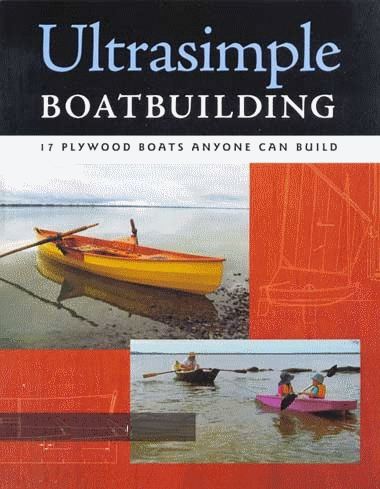Before actually completing the lowering we found her. With the possible fuel flow problem that morning, I had advised Lene to take the hand held VHF radio that morning: "Just in case -- so you can call for help if you need it". It was in the little compartment in the bow of the dink created by an aft opening hinged padded seat there. I had forgotten to take it out when hauling the dink up that evening and the lifting lines run across the opening edge of the seat, making it hard to lift the seat once the dink is raised.

Today we were underway for about five hours and I looked forward to a good sail because except for two dredged and charted channels, one a quarter mile long and the other a mile or so, the water was open. Shallow at 8 to 11 feet, but open. But though I put up sails as soon as we cleared the Dinner Key Channel, the wind did not cooperate, until the last half hour, a time when one is always eager to get the passage done. The wind was from behind us and too light to move the boat at a reasonable speed.
Pumpkin Key is a roundish lump of an island on the ICW side of the Keys, just off the northeast end of Key Largo. No services or shore activities, just a hangout place for boaters on the go.

The Keys are stretched out in a mostly east-west direction with just a bit of southing as you head west for Key West. There are two routes to Key West from Miami: one way is the ICW route which is north of the Keys, in the Gulf of Mexico. It has many marinas but is quite shallow, too shallow for us after this point. The alternative is called the Hawk Channel which runs south of the Keys in the Caribbean/Atlantic. It is called a channel because there is an off shore underwater coral reef running parallel to the Keys. Hawk Channel is deep enough and wide, ideal for sailing, if the wind cooperates, but has few marinas or anchorages along the way. From here we expect and hope to be mostly separated from the wake-making power boats which prefer the ICW route.
There are several passages by which one can switch between ICW and Hawk. Our plan for tomorrow, subject to weather, is to go through Angelfish Creek and the Hawk Channel to Rodriquez Key, off the other end of Key Largo -- before reaching Marathon, which is a rest station for cruisers, the next day. The only potential problem is that some books and folks say that Angelfish Creek is too shallow for ILENEs 5 8" draft. Others say we can make it if we go shortly before the high tide, which is scheduled for 8:10 a.m. tomorrow. And the entrance to the Creek is only about a mile away -- I already have it loaded in as our next waypoint. So we plan to leave at daybreak. And we will check in and let you know how it went, in our next post -- either from Rodriguez or Marathon.
